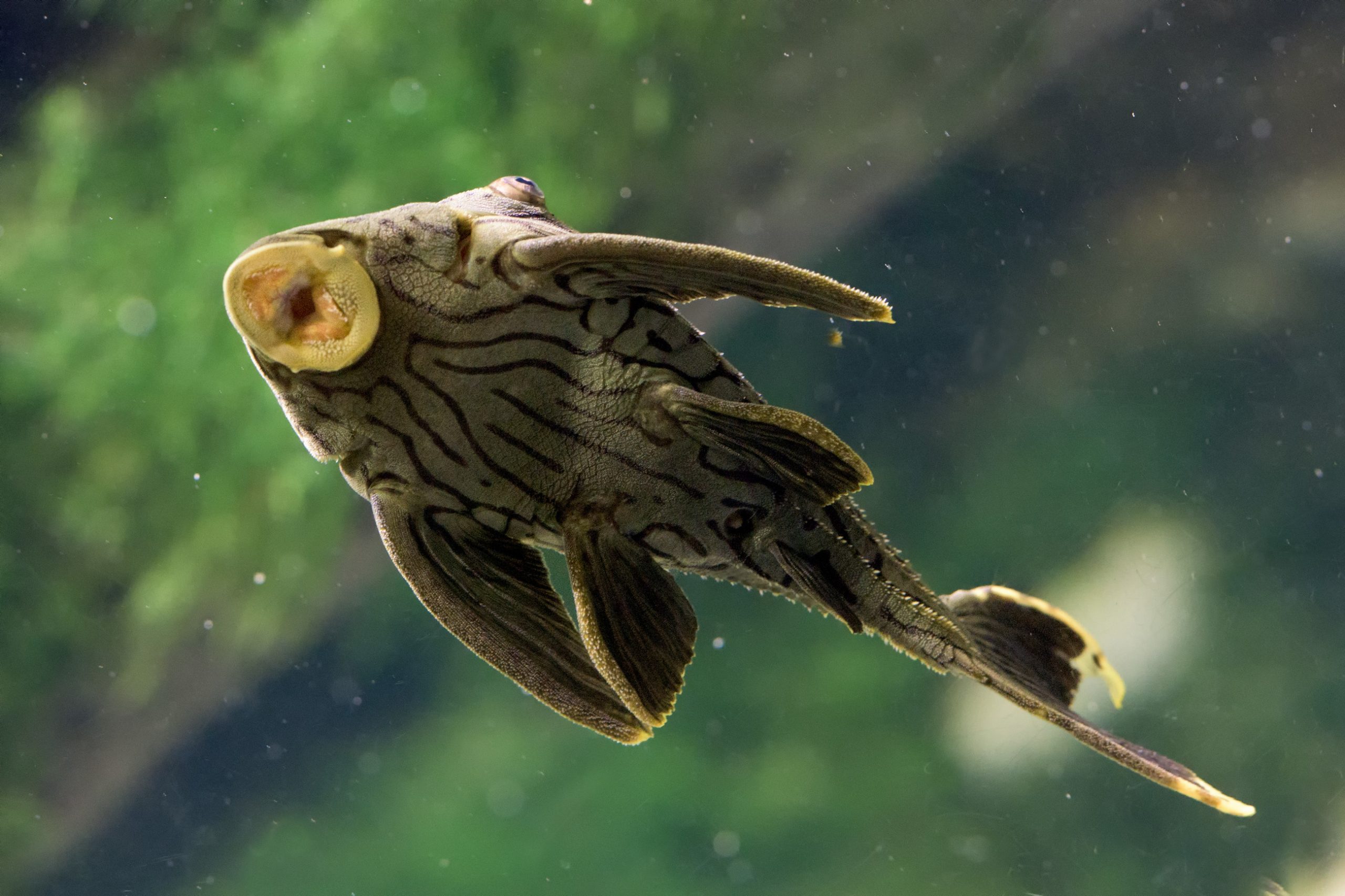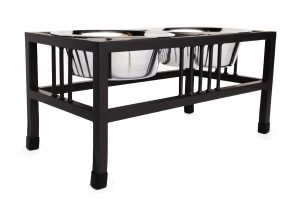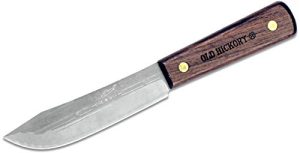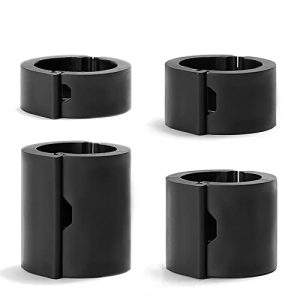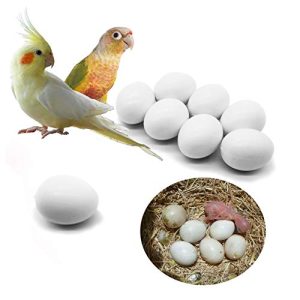Contents
If you’re looking to add some diversity to your aquarium, consider including bottom feeder fish. These fascinating creatures not only add unique colors and patterns to your tank, but they also play an essential role in maintaining a clean and healthy environment. From the popular and colorful Corydoras Catfish to the algae-loving Plecos, there are various types of bottom feeder fish available to suit your personal preferences and aquarium needs. In this article, we will explore some of the most popular choices and provide useful tips on how to care for these amazing aquatic creatures. So, get ready to discover the perfect bottom feeders to enhance the beauty of your aquarium!
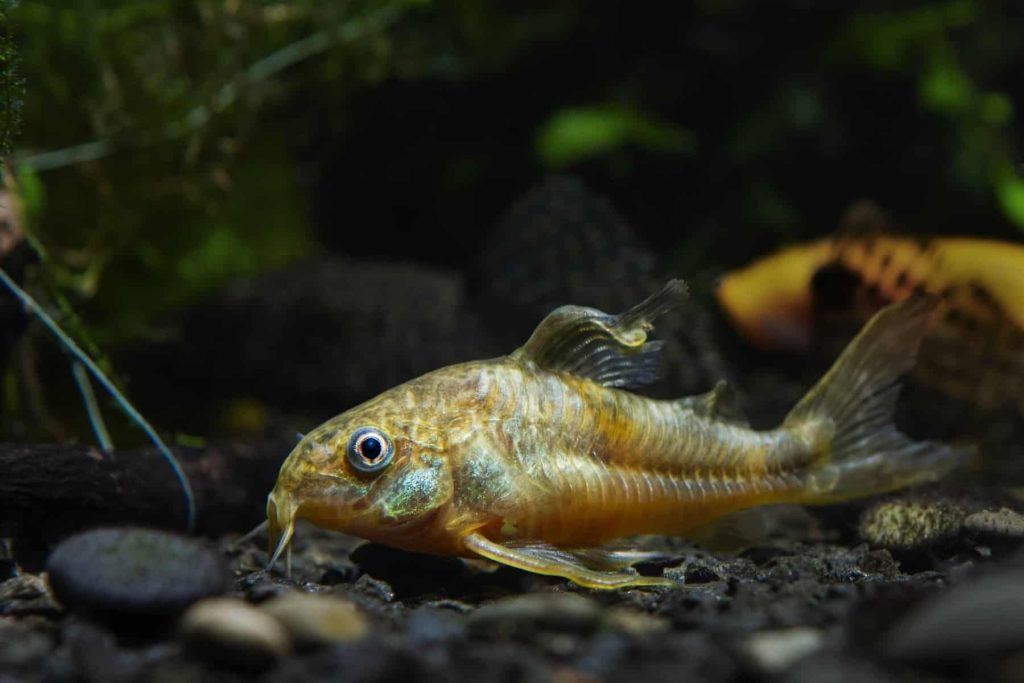
Introduction
In the fascinating world of aquarium fish, there is a category of underwater creatures that play a crucial role in maintaining the cleanliness and balance of your tank. These are the bottom feeder fish, also known as scavengers or detritivores. These marvelous creatures inhabit the lower regions of the aquarium and are responsible for keeping it free from debris, algae, and uneaten food. Not only do they serve a vital function, but many of them also make fantastic additions to your underwater landscape. In this article, we will explore the different types of bottom feeder fish, their characteristics, and how to choose the right ones for your aquarium.
1. Common Bottom Feeder Fish
1.1 Plecos
Plecos, or plecostomus, are one of the most popular and easily recognizable bottom feeder fish. With their armor-like scales and distinctive sucker mouth, they are highly efficient at keeping your tank clean from algae. Plecos come in various sizes and species, but the common pleco (Hypostomus plecostomus) and the bristlenose pleco (Ancistrus cirrhosus) are the most commonly found in aquariums. These robust fish are not only great at algae control, but they also add a touch of uniqueness to your tank with their interesting appearance.
1.2 Corydoras Catfish
Corydoras catfish, often referred to as “cories,” are small, sociable bottom feeders that are a delight to have in any aquarium. With their charming whiskers and playful nature, these catfish not only contribute to the cleanliness of the tank but also add a lively dynamic to the underwater ecosystem. Corydoras catfish are peaceful and get along well with other fish, making them an excellent choice for community tanks.
1.3 Loaches
Loaches are a diverse group of bottom feeder fish known for their elongated bodies and distinctive behavior. They have a unique ability to burrow and sift through the substrate, searching for food particles and tiny invertebrates. Some popular loach species for aquariums include the zebra loach (Botia striata), the clown loach (Chromobotia macracanthus), and the yoyo loach (Botia almorhae). With their active nature and entertaining antics, loaches make a fantastic addition to any tank.
1.4 Rainbow Sharks
Rainbow sharks, despite their name, are not actual sharks but are rather freshwater fish with shark-like appearances. They have sleek, torpedo-shaped bodies and vibrant colors, which make them an eye-catching addition to any aquarium. Rainbow sharks are known for their territorial behavior and can sometimes exhibit aggression towards other bottom-dwelling fish. It is important to ensure that you have adequate space and a well-planned tank setup before bringing home a rainbow shark.
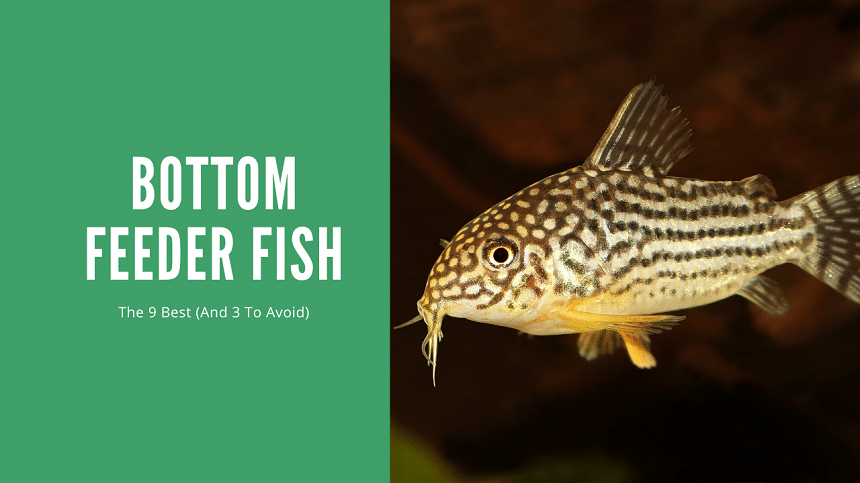
2. Algae-Eating Bottom Feeders
2.1 Siamese Algae Eaters
Siamese algae eaters, scientifically known as Crossocheilus oblongus, are highly sought after for their exceptional algae-eating capabilities. These slender, silver fish have black horizontal stripes running along their bodies, giving them a striking appearance. Siamese algae eaters are peaceful and can coexist with a variety of fish species, making them a popular choice for community tanks. In addition to algae, they also consume other vegetable matter, making them a versatile addition to your aquarium.
2.2 Chinese Algae Eaters
Chinese algae eaters, or Gyrinocheilus aymonieri, are another species renowned for their algae-munching prowess. These fish have a unique appearance, with their sucker-like mouth and slender bodies. However, it is important to note that Chinese algae eaters can become more aggressive as they mature, especially towards other bottom feeder fish. Therefore, it is best to keep them in tanks with larger, more robust tankmates.
2.3 Bristlenose Plecos
Bristlenose plecos, mentioned earlier as a type of common bottom feeder, deserve a special mention under algae-eating bottom feeders. These popular plecos have distinct fleshy tentacles, or “bristles,” on their snouts, giving them a unique and charming appearance. Bristlenose plecos are highly efficient algae eaters and are suitable for a wide range of tank sizes. They are known for being peaceful and relatively low-maintenance, making them an ideal choice for both beginner and experienced aquarists.
3. Detritus-Eating Bottom Feeders
3.1 Snails
Snails are a common sight in many aquariums, and for a good reason. These small, shelled creatures act as both detritus-eaters and algae grazers, contributing to the overall cleanliness of the tank. Some popular snail species include the nerite snail, mystery snail, and ramshorn snail. However, it is important to note that certain snail species, like the apple snail, can reproduce rapidly and may require population control measures to avoid overpopulation in the tank.
3.2 Shrimp
Shrimp, particularly the dwarf shrimp varieties such as cherry shrimp and amano shrimp, are excellent additions to any aquarium. These tiny crustaceans not only make fascinating inhabitants but are also known for their detritus-eating habits. Shrimp serve as natural cleaners, diligently scavenging for food remnants and other organic matter. Moreover, their vibrant colors and active nature add a beautiful visual element to your tank.
3.3 Yoyo Loach
The yoyo loach, introduced earlier as a type of loach, is not only a fantastic substrate sifter but also a diligent consumer of detritus. With their striking black and yellow patterns, they are a visually appealing addition to any aquarium. Yoyo loaches are known for their playful nature and can spend hours investigating every nook and cranny of the tank, ensuring that no debris goes unnoticed.
3.4 Bumblebee Catfish
Bumblebee catfish, scientifically known as Microglanis iheringi, are small, nocturnal catfish that will diligently scavenge through the substrate for any loose particles of food or debris. These catfish have a distinctive striped pattern, reminiscent of bumblebees, which adds visual interest to the tank. Bumblebee catfish are peaceful and get along well with other tank mates, making them suitable for a community setup.
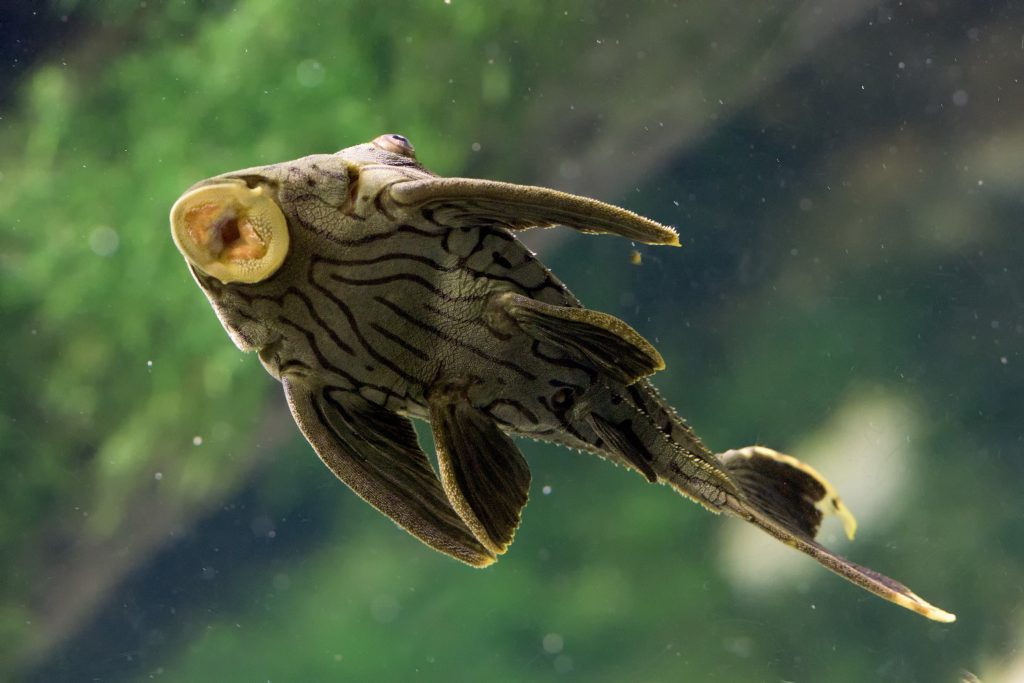
4. Sand-Sifting Bottom Feeders
4.1 Kuhli Loach
Kuhli loaches, often referred to as “coolie loaches,” are long, slender fish with a unique eel-like appearance. These loaches are expert sand-sifters, burrowing into the substrate in search of food. With their peaceful demeanor and striking patterns, Kuhli loaches make a captivating addition to an aquarium. It is important to note that they require sandy or fine gravel substrate to fully exhibit their natural behavior.
4.2 Elephantnose Fish
As the name suggests, elephantnose fish possess an elongated snout that resembles an elephant’s trunk. These fascinating fish are known for their ability to detect prey and navigate their surroundings using weak electric fields. Elephantnose fish have a specialized structure on their trunk-like snouts, called the electroreceptor, which allows them to sense minute electrical signals emitted by their environment. While they are primarily sand-sifters, they are also skilled algae eaters.
4.3 African Butterflyfish
African butterflyfish are unique and elegant fish known for their striking dorsal fin and elongated, butterfly-like shape. These fish have a specialized mouth adapted for feeding on small invertebrates and insects. While they primarily feed in the water column, they occasionally sift through the substrate in search of food. African butterflyfish are peaceful and can be kept with other peaceful species, provided they have adequate space and cover in the tank.
5. Bottom-Dwelling Scavengers
5.1 Glass Catfish
Glass catfish, or Kryptopterus bicirrhis, are transparent, eel-like fish that require attention to their unique needs. Glass catfish are peaceful scavengers, consuming detritus and leftover food from the substrate and water column. Due to their transparency, they can be quite vulnerable to stress and require a well-established tank with plenty of hiding spaces and subdued lighting. When kept under ideal conditions, glass catfish can become mesmerizing additions to any aquarium.
5.2 West African Lungfish
The West African lungfish, or Protopterus annectens, is an extraordinary fish that possesses both gills and a lung, allowing it to breathe air. These lungfish are adept at scavenging for food, using their powerful jaws to crush and consume various small prey items. However, it is vital to note that West African lungfish require a specialized setup, including a large tank with ample space, proper filtration, and frequent water changes. It is important to conduct thorough research before considering this unique species.
5.3 Redtail Catfish
Redtail catfish, or Phractocephalus hemioliopterus, are large, predatory fish that make impressive bottom-dwelling scavengers. These catfish have a striking appearance, with their dark body coloration and vibrant red tail fin. While they are excellent at consuming leftover food and debris, redtail catfish require extremely large aquariums due to their eventual size. It is essential to provide them with a spacious and well-maintained environment to ensure their well-being.

6. Invertebrate Bottom Feeders
6.1 Freshwater Crabs
Freshwater crabs, such as the Thai micro crab or the red claw crab, are intriguing and unique additions to an aquarist’s collection. These sideways-walking creatures consume various organic matter, including algae, detritus, and even small invertebrates. Freshwater crabs require an aquarium with ample hiding spaces, as well as access to both land and water. It is important to research the specific needs and compatibility of different crab species before introducing them to your tank.
6.2 Freshwater Lobsters
Freshwater lobsters, or crayfish, are hardy and fascinating crustaceans that can serve as effective detritus cleaners. These creatures actively forage for food, devouring anything from decaying plants to small fish. With their vibrant colors and intriguing behavior, freshwater lobsters can make a captivating addition to a large aquarium. However, it is crucial to keep in mind their territorial nature and potential aggression towards other tank mates.
6.3 Freshwater Clams
Freshwater clams are filter-feeding invertebrates that play an important ecological role in the tank. These bivalves extract detritus and other organic matter from the water column, improving water quality and reducing nutrient buildup. Freshwater clams require a stable and well-maintained environment, with suitable water conditions and an adequate food supply. It is important to note that not all aquarium setups are suitable for freshwater clams, so careful consideration and research are necessary before introducing them to your tank.
7. Unique Bottom Feeder Fish
7.1 Electric Catfish
Electric catfish, or Malapterurus electricus, are a truly unique and captivating species known for their ability to produce electric shocks. These catfish possess specialized electric organs that are used for both communication and hunting. While primarily carnivorous, electric catfish also consume detritus and small invertebrates. However, it is worth noting that electric catfish require specially designed tanks with adequate filtration and must be kept by experienced aquarists due to their specific care requirements and potentially dangerous electric shocks.
7.2 Elephant Nose Fish
Elephant nose fish, also known as Gnathonemus species, are another remarkable species with peculiar sensory adaptations. These fish have long, trunk-like snouts that house an extensive array of electroreceptors, allowing them to detect the electrical currents of their surroundings. Elephant nose fish are not only intriguing biologically but also serve as excellent detritus and small invertebrate eaters. However, they require careful consideration of tank size, water quality, and lighting conditions to ensure their well-being.
7.3 Archerfish
Archerfish, scientifically known as Toxotes species, are fascinating and intelligent fish known for their unique hunting behavior. These fish possess the uncanny ability to shoot jets of water from their mouths to knock down insects above the water’s surface. While primarily carnivorous, archerfish can also consume detritus and small prey found in the lower regions of the tank. With their striking appearance and captivating behaviors, archerfish make excellent additions to large aquariums with plenty of open space and suitable tank mates.
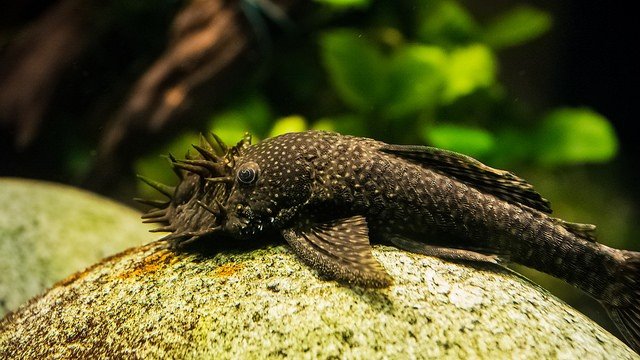
8. Choosing the Right Bottom Feeder for Your Aquarium
When selecting a bottom feeder for your aquarium, there are several factors to consider to ensure their well-being and compatibility with your existing tank setup. Here are some essential aspects to keep in mind:
8.1 Tank Size
Different bottom feeder species have varying space requirements, so it is important to choose a species that is suitable for your tank size. Consider the adult size of the fish and ensure that there is enough space for them to move and thrive.
8.2 Compatibility with Other Fish
Before introducing a bottom feeder to your aquarium, research their compatibility with your existing fish species. Some bottom dwellers may exhibit aggressive behavior or have specific territorial requirements. It is crucial to choose fish that coexist harmoniously to prevent conflicts and stress in the tank.
8.3 Diet and Feeding Requirements
Understanding the dietary needs of your bottom feeder is essential for their long-term health. Some species primarily feed on algae, while others require a varied diet of live or frozen foods. Ensure that you can meet the nutritional requirements of your chosen bottom feeder and provide appropriate feeding strategies.
8.4 Maintenance and Care
Consider the maintenance needs of your bottom feeder, including water parameters, tank cleaning, and general care requirements. Some species may require specific water conditions or regular maintenance to thrive. Be prepared to provide the necessary care to ensure their overall well-being.
8.5 Behavioral Characteristics
Different bottom feeder fish have varying behavioral traits, such as activity levels, territoriality, and social dynamics. Understanding these behavioral characteristics is essential for creating a harmonious tank environment. Choose species that are compatible with the temperament and behavior of your existing fish to maintain a peaceful and healthy aquarium.
10. Conclusion
Bottom feeder fish are a diverse and fascinating group of aquatic creatures that play a crucial role in maintaining the cleanliness and balance of your aquarium. From algae-eaters to detritus scavengers, sand-sifters, and invertebrates, there are numerous options to choose from to suit your tank’s specific needs and aesthetics. By considering factors such as tank size, compatibility, diet, maintenance, and behavioral characteristics, you can select the perfect bottom feeder fish for your aquarium. So go ahead and introduce one (or more) of these fantastic organisms into your tank, and enjoy the practical benefits and visual delight they bring to your underwater world. Happy fishkeeping!

